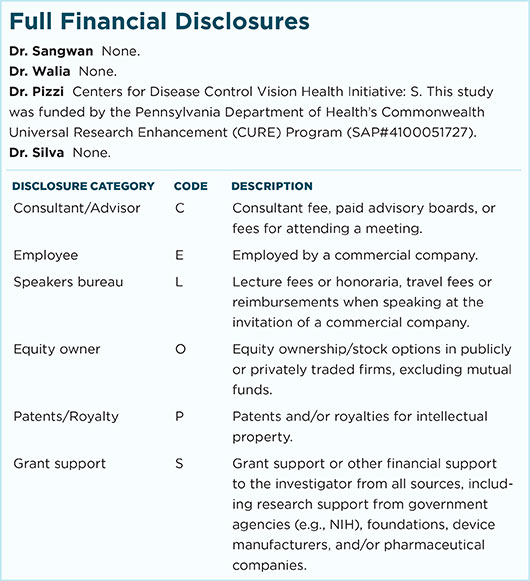Download PDF
The high cost of ultra-widefield imaging systems to remotely monitor diabetic eye disease might give ophthalmologists pause, but great benefits could lie in store for teleophthalmology programs that adopt this technology, a large study of Indian Health Service (IHS) patients suggests.
Reduction in ungradable images. This 16-month study of remote imaging in more than 50,000 eyes found that the number of patients with ungradable retinal images plummeted by almost 90% when the images were acquired via nonmydriatic ultra-widefield (UWF) digital imaging using scanning laser ophthalmoscopy, compared with standard nonmydriatic multifield fundus photography (NMFP).1
UWF also identified nearly twice as many cases of diabetic retinopathy (p < .0001) as NMFP did, researchers from the IHS-Joslin Vision Network Teleophthalmology Program reported. And predominantly peripheral DR lesions—located outside of the standard ETDRS fields—were present in more than 21% of DR patients imaged with UWF.
However, these better views of the retina came at a cost—more than $70,000 for each UWF device, the authors wrote.
Better imaging decreases patient burden. The nationwide IHS-Joslin teleophthalmology program monitors the eyes of about 18,000 American Indian and Alaska Native diabetic patients annually. Digital retinal images from 97 IHS facilities in 25 states across the country are transmitted to a centralized reading center for grading of disease severity on the ETDRS scale.
On an annualized basis, the reduction in ungradable images with UWF translated into 4,000 fewer diabetic patients who, because of poor image quality, had to travel to tertiary care centers for a follow-up exam, said coauthor Paolo S. Silva, MD, chief of telemedicine at the Joslin Diabetes Center in Boston.
“At this point, cost is a limiting factor, and our study did not look specifically at cost-effectiveness,” Dr. Silva said. “But ultra-widefield imaging potentially will enable us to bring in only those patients who really need tertiary care. So, especially in large programs, in my opinion the efficiency benefits of ultra-widefield imaging outweigh its costs.”
—Linda Roach
___________________________
1 Silva PS et al. Ophthalmology. Published online March 1, 2016.
___________________________
Relevant financial disclosures—Dr. Silva: None.
For full disclosures and disclosure key, see below.

More from this month’s News in Review